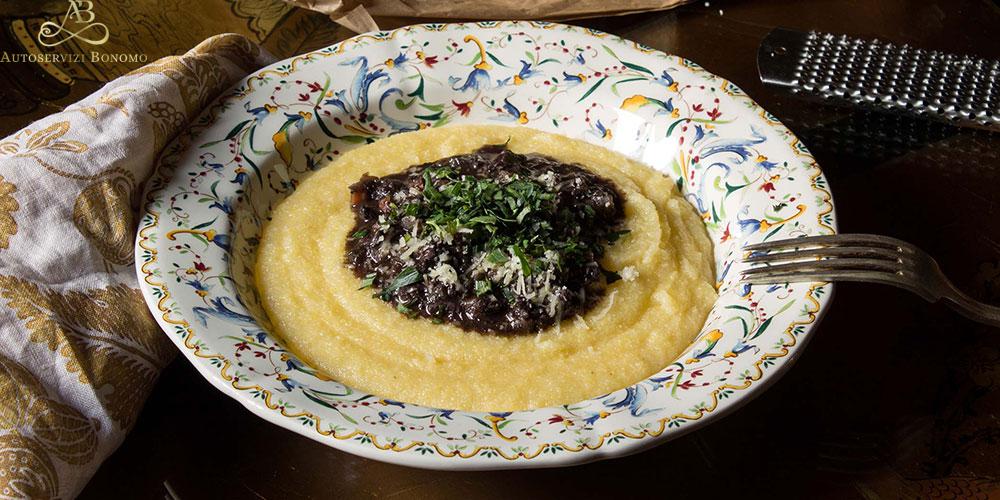Villa Serego – Alighieri
Nestled among the hills of Gargagnago, with San Giorgio’s Hill as its stunning background, the villa bears an ancient allure and an even more fantastic name, the famous family name of the descendants of Dante Alighieri himself.
The villa consists of different buildings built upon each other, and features dining rooms and bedrooms, decorated by mosaics, coats of arms, frescoes. A peculiar sight is the dining hall, decorated with a faux gallery and fictional sights of woods and swallow-filled skies painted between the arches. Villa Serego also boasts a long-standing wine-making history.










